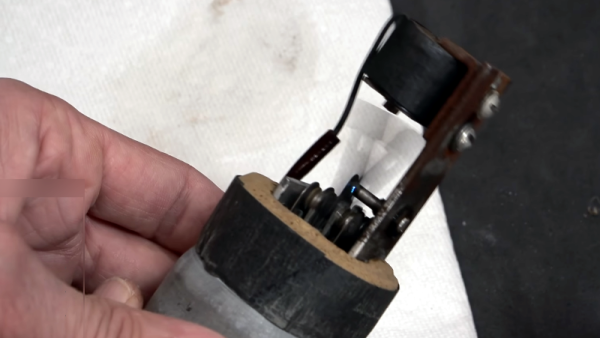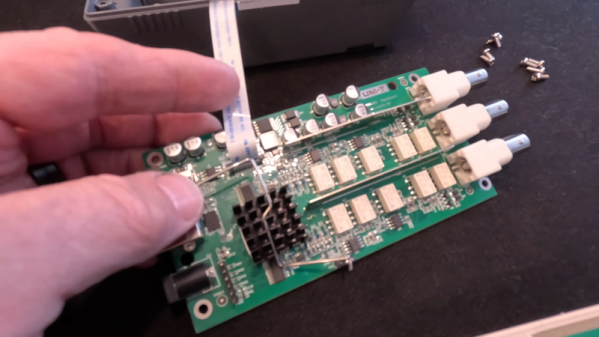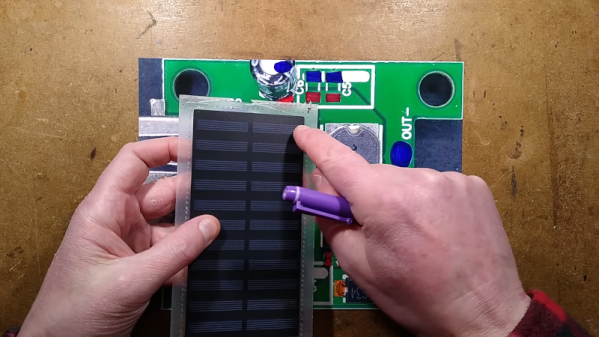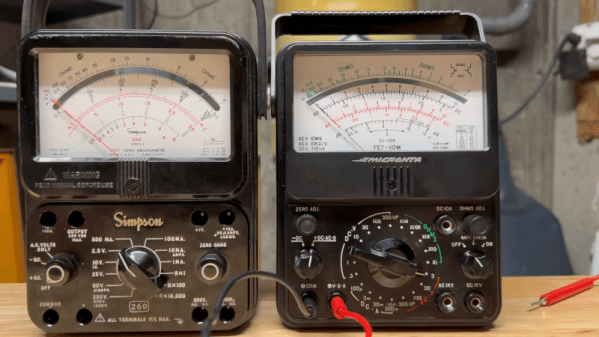Usually when we are restoring something with a keyboard, it is some kind of old computer or terminal. But [Make it Kozi] wanted an old-fashioned typewriter. The problem is, as he notes, they are nostalgically popular these days, so picking up a working model can be pricey. The answer? Buy a junker and restore it. You can watch the whole process in the video below, too, but nearly the only sound you’ll hear is the clacking of the keys. He doesn’t say a word until around the 14-minute mark. Just warning you if you have it playing in the background!
Of course, even if you can find a $10 typewriter, it probably won’t be the same kind, nor will it have the same problems. However, it is a good bet that any old mechanical typewriter will need many of the same steps.
Continue reading “Royal Typewriter Gets A Second (or Third) Life”

















